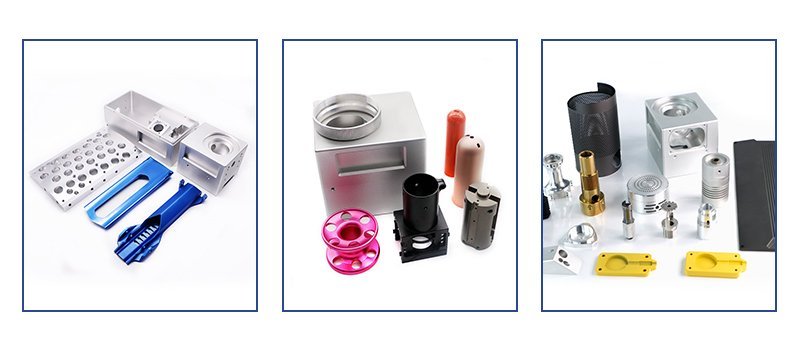In the realm of manufacturing, CNC machining has become an indispensable part of the process. It offers precision, versatility, and speed, but when the production efficiency is low, it can lead to increased costs. In this article, we will explore the reasons behind low efficiency in CNC machining and how it affects costs, followed by strategies to mitigate these issues.
Understanding CNC Machining
CNC machining is a manufacturing process that uses computers to control machine tools. It is widely used in the production of complex and precise parts from a variety of materials, including metal, plastic, and composite materials.
Reasons for Low Production Efficiency
- Outdated Machinery: Older machines may not have the speed or accuracy of newer models, leading to longer production times.
- Improper Tool Selection: The wrong tools can slow down the machining process and increase the risk of tool breakage.
- Inadequate Maintenance: Machines that are not properly maintained can experience frequent breakdowns, leading to downtime.
- Poor Programming: Inefficient G-code programming can result in unnecessary tool changes and non-optimal machining paths.
- Lack of Operator Training: Operators who are not well-trained may not be able to use the machinery to its full potential.
- Inefficient Material Handling: Slow material loading and unloading can eat into the productive hours of the machine.
Impact on Costs
- Increased Labor Costs: When machines are not running at peak efficiency, more man-hours are required to achieve the same output, increasing labor costs.
- Higher Tooling Costs: Frequent tool changes and breakages can drive up the cost of consumables.
- Wasted Material: Inefficient machining can lead to more material being wasted, increasing the cost of raw materials.
- Energy Consumption: Older or inefficient machines consume more energy, leading to higher electricity bills.
- Opportunity Cost: When machines are not producing, you’re losing potential revenue from the parts that could have been made.
Strategies to Improve Efficiency and Reduce Costs
- Invest in Modern Equipment: Upgrading to the latest CNC Machining can significantly improve speed and accuracy.
- Optimize Tool Selection: Use the right tools for the job to ensure longevity and efficiency.
- Regular Maintenance: A well-maintained machine is more likely to run smoothly and efficiently.
- Improve Programming: Invest in training for your programming staff or use advanced software to optimize G-code.
- Train Operators: Ensure that operators are fully trained to use the machines efficiently.
- Streamline Material Handling: Implement systems to speed up the loading and unloading of materials.
The Future of CNC Machining
As technology advances, so does the efficiency of CNC machining. Embracing new technologies and best practices can help manufacturers stay competitive and reduce costs. The key is to be proactive in identifying areas for improvement and being willing to invest in the right solutions.
Conclusion
Low production efficiency in CNC machining can have a significant impact on costs, but it doesn’t have to be this way. By understanding the causes and implementing strategies for improvement, manufacturers can increase efficiency and reduce costs, leading to a more profitable and sustainable operation.
Stay tuned for more insights into CNC machining and manufacturing efficiency. Don’t forget to follow our channel for the latest industry news and tips!





